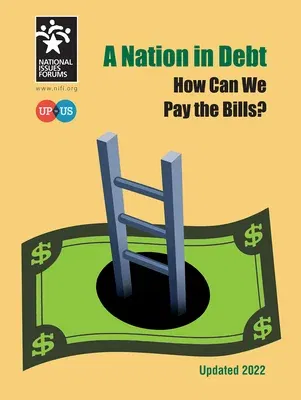Our nation's debt has never been larger, and it has the potential to
affect not only each of us, but future generations. This issue guide is
designed to support people deliberating together about how we should
approach the issue. There is no perfect solution, but by considering
three different approaches to dealing with the debt, we can try to
understand the viewpoints of others and reflect on what is most
important to us. Each option sees the debt from a different perspective,
and not all options address reducing the national debt equally.
There are difficult questions we need to think about--questions without
easy answers:
-Should all of us have to tighten our belts, or should we ask more from
larger corporations or wealthier citizens?
-Should we take drastic action to shrink the debt, or would that upend
the economy?
-What's the right direction for tax rates to go--up, to cover our
spending, or down, to encourage investment and growth that might expand
the economy?
-Are we willing to live with a much smaller federal government--and if
so, what benefits and services are we willing to live without?
Some of the worst problems with the debt lie in the future, so it's easy
to procrastinate. But the effects are becoming visible now. By 2030,
given current trends, we'll spend more on interest on the national debt
than on the Department of Defense.
The research involved in developing this guide included conversations
with Americans from various backgrounds, surveys of nonpartisan public
opinion research, consideration of many people's ideas and thoughts on
the best solutions, and reviews by people who know this topic well.

